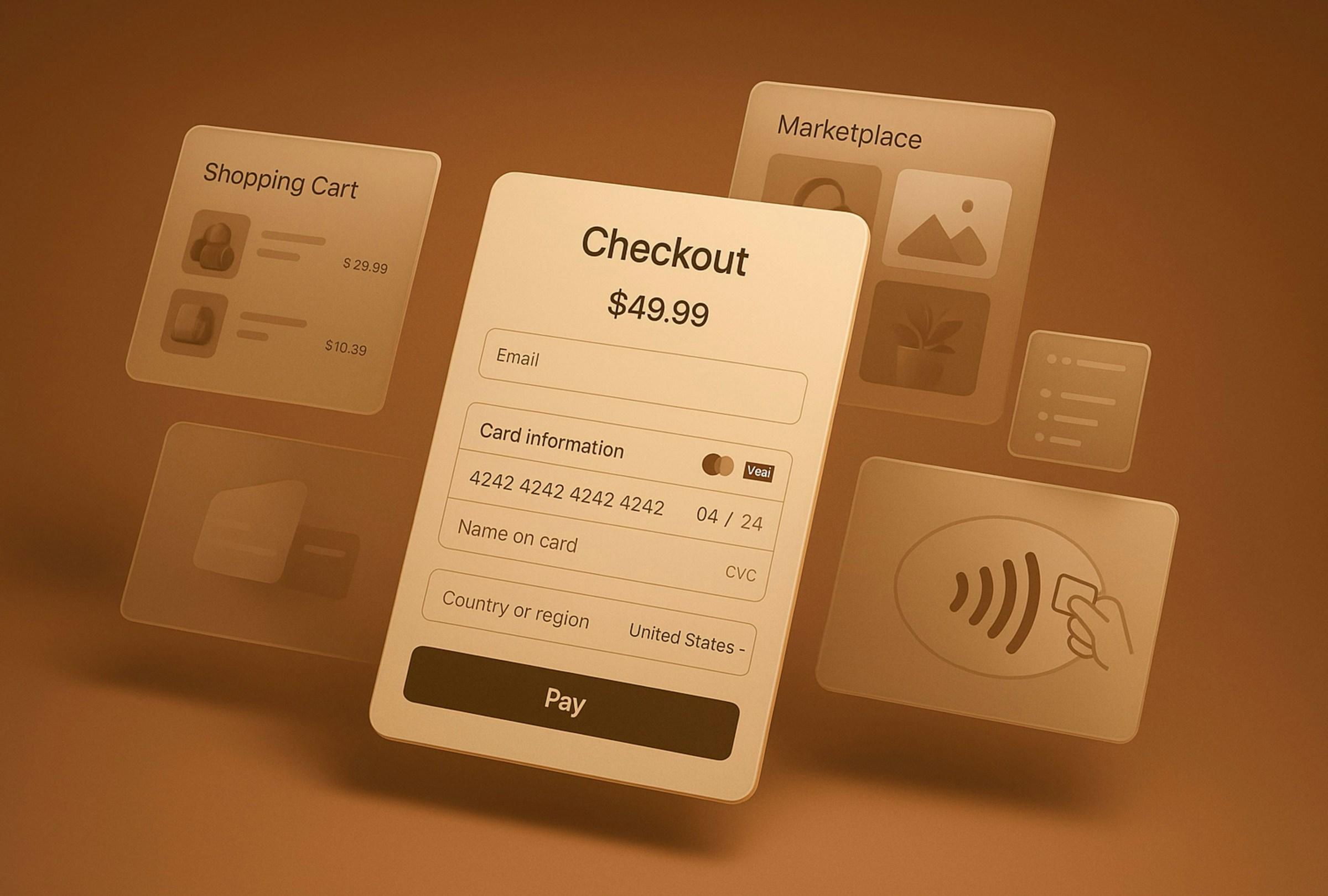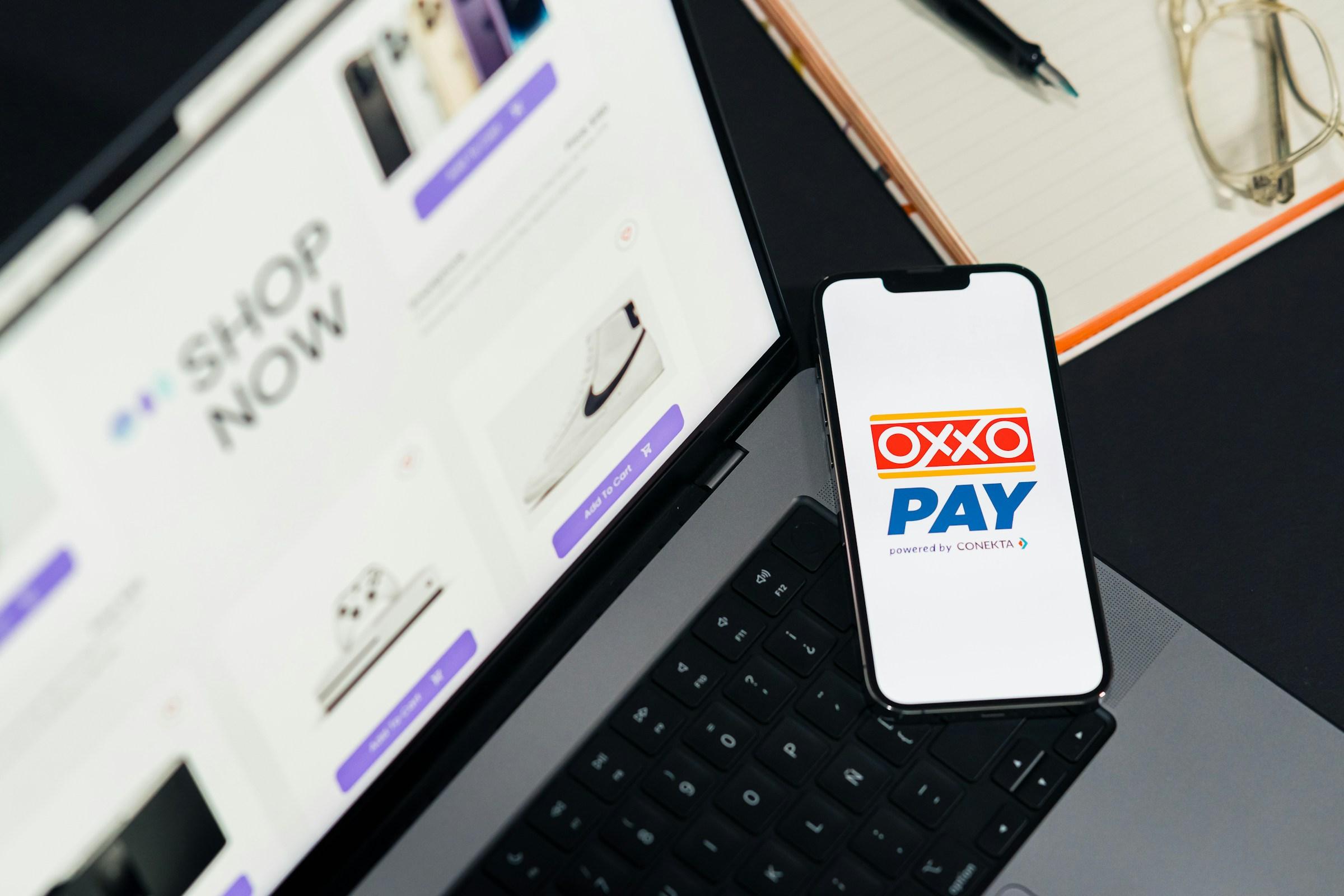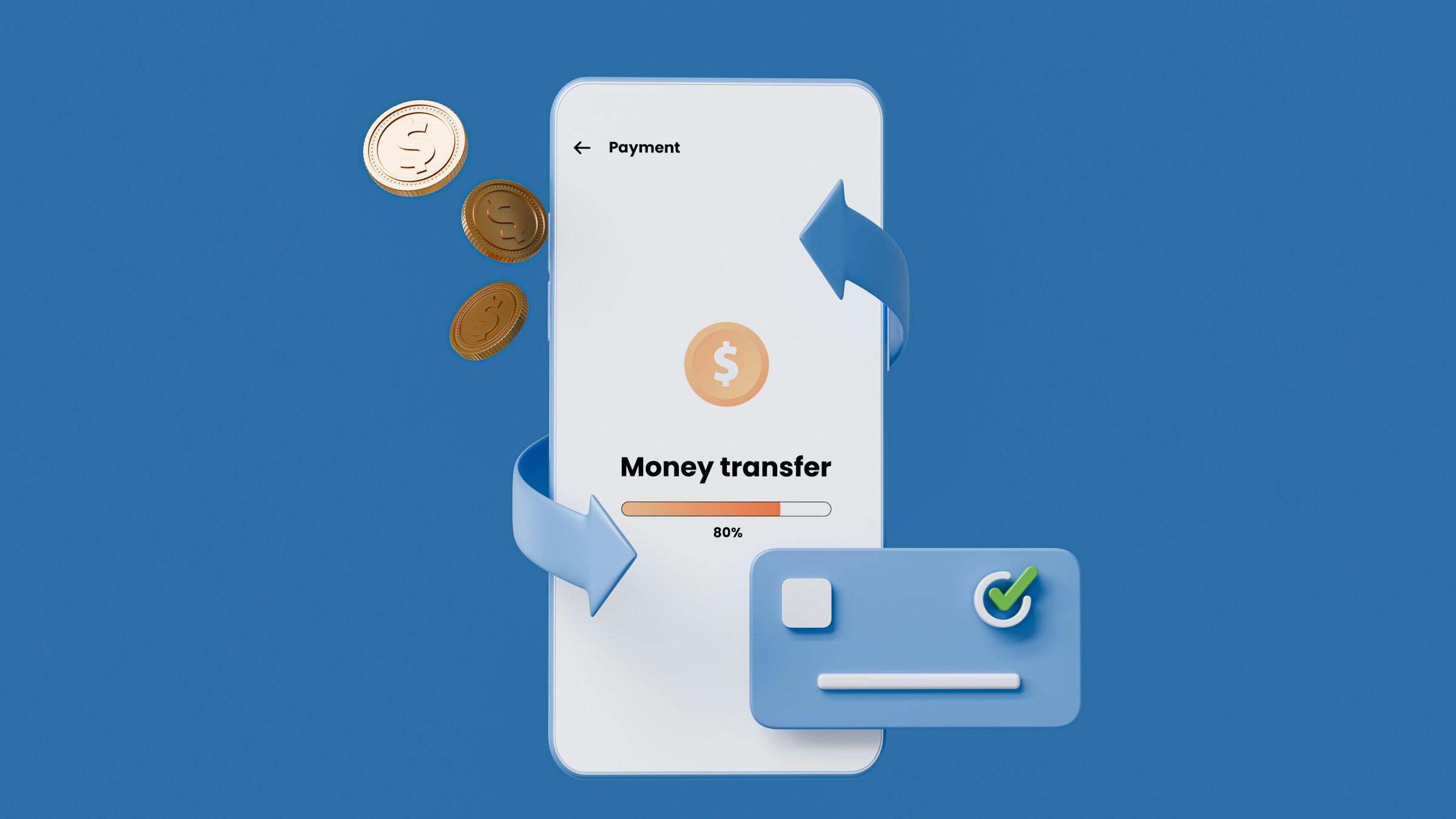Mobile payments are often framed as a quicker way to check out, yet their deeper value lies in how they shrink the barriers that keep people outside the formal financial system. For someone who earns in cash, lives far from a branch, or holds incomplete identity documents, every traditional step into finance carries cost, distance, and friction. A phone in the pocket, an app that works on a modest data plan, and a QR code at the stall begin to replace those frictions with a set of habits that are cheap, nearby, and reliable. That is the quiet engine of financial inclusion. It succeeds not because it is flashy, but because it makes the very first step easy and the next steps obvious.
The first hurdle is always the on ramp. If your income arrives in cash, your primary challenge is converting that cash into recognized digital value. Mobile wallets solve this with many doors. A user can top up at a convenience store, hand cash to an agent, scan a QR at an enabled ATM, receive an employer stipend directly into a wallet, or redeem a prepaid load card. None of these paths requires a minimum balance or a branch visit. Geography becomes a user interface decision. What used to involve a bus ride and a paper form turns into a two minute task that fits between errands. The cost of inclusion falls because the number of chances to join rises.
People remain in the system only if they can move money where they need it, quickly and at low cost. This is where instant rails and interoperable QR standards matter. When a parent can pay school fees from the same app they use to split a lunch bill, inclusion becomes a daily routine instead of a special errand. When a driver accepts QR from any wallet and a kiosk owner receives settlement in minutes, the network starts to feel universal. A closed wallet that only speaks to itself is a comfortable cage. An open network that lets small payments flow to anyone is a public road. The difference shows up in whether people default to cash or default to digital.
Identity is another gate that has kept many out. Banks, for sound reasons, want documentation that many informal workers or migrants do not possess in tidy form. Mobile systems answer with tiered verification. A new user can begin with a low limit account tied to a verified phone number or a basic ID, then unlock higher limits as they supply more documents or build a pattern of reliable use. This avoids the all or nothing trap that locks out people with thin files. Over time, the account fills with a history of receipts and payments. That history is a financial footprint. It looks less like a blank record and more like the trace of a real person living a real life.
Once a data trail exists, credit can evolve from guesswork into something fairer. Traditional bureaus usually miss those who have never taken a formal loan. Wallet activity provides alternative signals. The timing of inflows and outflows, the regularity of bill payments, the stability of weekend sales for a micro merchant, and the way a balance recovers after a dip all tell a story about reliability. Used with care, such signals support small working capital lines, responsible pay later options, and emergency floats that are priced for repayment rather than churn. The goal is not to push debt. The goal is to reward consistency and protect people from the most expensive forms of borrowing.
A wallet that only sends money is useful but incomplete. A wallet that helps people keep money is powerful. Features like goal jars, round up savings, payday splits, and bill reserve buckets turn good intentions into default behaviors. A market vendor who sees income peaks on weekends and dips during rainy weeks benefits from a nudge that squirrels away a small percentage when sales are strong. Over a month, those nudges add up to resilience. Micro insurance fits in this same layer. Screen repair cover, hospital cash plans, or short trip policies that can be switched on with a few taps give families a way to protect against common shocks without paperwork or long commitments. The wallet becomes a safety net as well as a transfer tool.
Merchants form the other half of the loop. If small shops cannot accept digital payments, users bounce back to cash and the network loses momentum. Mobile payments lower the acceptance barrier by removing hardware costs. A printed QR and a cheap smartphone are enough. Settlement arrives quickly and reconciliation happens inside the app, which helps owners who do not have time or tools for detailed bookkeeping. For home based sellers, market stalls, and gig workers who never qualified for a card terminal, this is a leap forward. Fees are small and often capped, which keeps more value in the local economy. As more merchants accept digital, paying by phone becomes the default and the digital trail deepens.
Public payments strengthen these habits. When relief funds, subsidies, school stipends, or utility refunds arrive inside wallets that people already use, adoption no longer requires persuasion. The state meets citizens where they are. Because the disbursement rides the same rails as peer to peer transfers, fees stay low and speed stays high. The signal is clear. The wallet is a legitimate destination for serious money. When the same app pays the power bill, buys groceries, and receives a fuel subsidy, the divide between everyday spending and official transactions disappears. Inclusion becomes normal life rather than a special program.
Remittances offer a cross border example. Migrant workers often pay high fees and lose hours to collect cash at counters. Phone to phone corridors that connect to local cash out points reduce these costs and delays. A sender in one country initiates from a familiar app. The receiver gets a notification within minutes and chooses whether to keep funds in the wallet, pay a bill, or withdraw at an agent. The difference is more than convenience. It is control. When money arrives quickly with flexible next steps, financial planning replaces queuing and worrying.
The most inclusive systems also respect the reality of low connectivity and older devices. Not everyone owns a new phone or a generous data plan. USSD menus, lite apps that install fast, and QR codes that can render from a cached screen keep services available when data is spotty. Agent networks extend function for cash heavy users or people who prefer human help. Treating offline access as a primary mode rather than an afterthought brings more people into the fold and keeps them there during outages.
Inclusion is not just about adding features. It is about removing harm. Some wallet designs nudge overspending through aggressive offers, cashback games, or credit prompts that pop up at the worst moment. Others hide fees behind small text or make it hard to export transaction histories. Good systems do the opposite. They show total cost before a transfer, cap penalties, cool off credit prompts, nudge savings before offering loans, and present the true cost of borrowing in plain terms. They encrypt by default and let users download their data without a fight. Trust grows from hundreds of small choices not to trick anyone.
Rules and partnerships define the shape of the market. Clear e money regulation protects customer funds in segregated accounts and demands transparent disclosures when balances are lent or invested through partners. Tiered KYC keeps the door open while preserving privacy as limits increase. Interoperability cannot be an afterthought. Open QR standards, common addressing formats, and instant rails that treat every provider equally turn a patchwork of branded islands into a national network. When the guardrails are clear, banks bring balance sheet safety and compliance depth, fintechs bring product speed and user focus, and telcos bring distribution that reaches the last mile. Together they build something wider than any one firm can manage alone.
A simple way to understand the journey is to think in a sequence. First comes the on ramp that makes joining cheap and near. Second are the rails that make movement fast and universal. Third are the receipts that create a clean history the user can carry and present. Fourth is reputation, where that history unlocks fair credit and trust benefits. Fifth are the routines that protect users through savings and insurance so they do not fall back out of the system when life gets rough. Each stage supports the next. If any stage breaks, people revert to cash.
The impact is clearest in everyday stories. Picture a student in a small town who juggles freelance gigs. Their wallet shows regular inflows from two platforms, weekly grocery payments by QR, utility top ups, and a small savings jar that grows a little each weekend. After several months, the app offers a small, transparent credit line with automatic repayment from incoming earnings. A cracked phone is covered by a micro policy purchased inside the same app. A family emergency draws a quick remittance from an aunt abroad, which lands in minutes. No branch visits, no minimum balances, no queues. What changed was not the person. What changed were the rails under their money.
Now consider a micro merchant who prints a QR because customers ask. She sees funds arrive almost instantly and receives a nightly summary that doubles as a basic ledger. A working capital offer appears based on steady weekend sales. She takes a cautious portion, buys a new cooler, and grows her revenue. A storm knocks out power. Offline QR still works and her ledger syncs the next morning. By quarter end she has a small savings buffer and less need to borrow at painful rates from informal lenders. Stability replaces fragility.
There are real tradeoffs. Some platforms resist open standards to protect moats. Fraud rises as systems open, which requires stronger risk engines and better education. Agent networks need fair compensation or the cash in cash out channel withers. People still benefit from guidance about budgeting and credit. Yet the direction is clear. Every time a country standardizes QR, enables instant transfers between providers, routes government payments through wallets, and enforces data portability with consent, the tide goes out on exclusion.
The future will likely blend money and identity. Verified credentials for students, benefits, and small business permits may sit right beside balances and cards. Savings features will lean toward simple, regulated products with clear protections. Credit models will slow down just enough to perform real affordability checks while still serving small needs. Cross border transfers will begin to feel like domestic payments in more places, with fees that resemble messaging rather than remittance counters. The destination is not a super app that traps users. It is a network of interoperable services that compete on clarity, trust, and small advantages that matter in daily life.
Mobile payments contribute to financial inclusion because they collapse minimums, distance, and complexity. They turn tiny transactions into meaningful histories. They help local shops and global families live on the same financial map. When built with restraint and respect, they do not demand that people reshape their lives to fit finance. Instead, they let finance fit the lives people already lead. That is how inclusion stops being a slogan and becomes an everyday reality.



.jpg)




.jpg&w=3840&q=75)
.jpg&w=3840&q=75)

